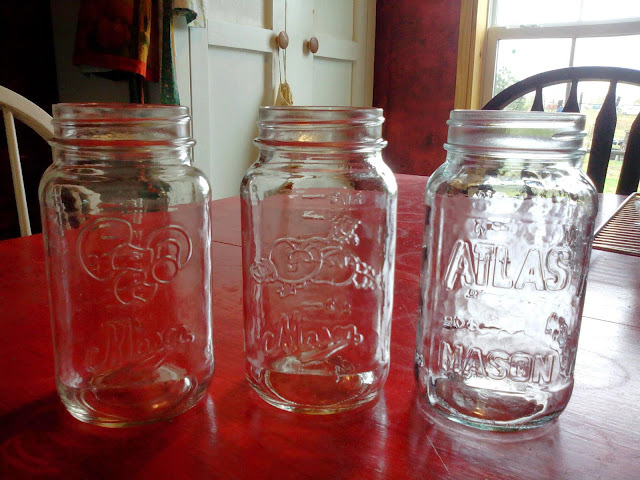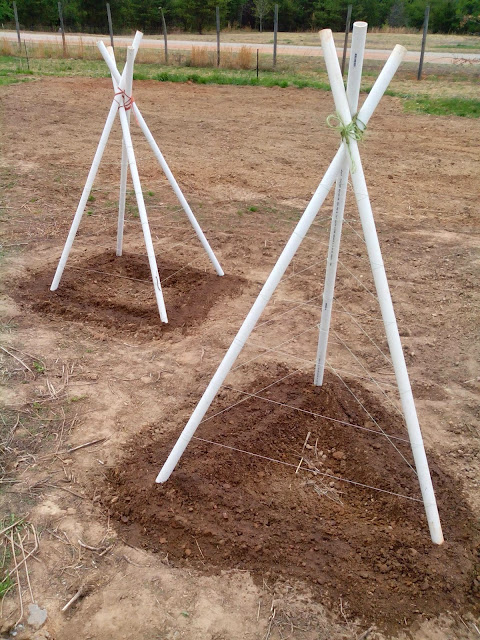6 Tips for Watering the Garden Use these smart techniques to conserve water without leaving your garden thirsty. Designing a Drought-Resistant Garden A garden that's lush and drought-tolerant at the same time? It's doable. Water Wiser Don’t let this precious resource go down the drain. By Lori Ball
As an organic gardener, you know that water is as vital to life—yours and your garden’s—as sunshine and fresh air. But while you revere its life-giving properties, you may be letting this precious resource go down the drain. Literally. It’s easy to think when you turn on the faucet that water is naturally pure and endlessly plentiful. But even on a planet that is three-fourths water, the supply of fresh water is diminishing.
Americans extract 3,700 billion gallons per year more than is returned to aquifers and other freshwater sources. That’s the reason at least 36 states are projecting water shortages by 2013. The average American uses 80 to 100 gallons of water per day. You can make a difference and reduce your own water use by 30 percent, lightening demand on your local water system and giving groundwater sources a chance to recharge. Start with simple changes that will have an even more significant impact—they'll be as satisfying as a cool drink on a hot summer day. Let it flow only when necessary. Turn off the water while you’re brushing your teeth or shaving. Sounds basic, we know, but at ordinary household pressure, a running faucet can pour out 6 gallons of water in 3 minutes. Same goes for washing the dishes. Use a basin when hand-washing dishes. Wash all of the dishes and then rinse them all together. Pass on the prerinse. Using your dishwashing machine when it's full can be more efficient than washing by hand, but prerinsing dilutes the savings. Instead, wipe dishes with a wet sponge before they go in the dishwasher.
Compost, not garbage disposal. Your kitchen-sink garbage grinder requires lots of water to operate properly. Put all vegetable-based food scraps in a compost pile instead. Learn all about compost here. Keep cool. Refrigerate a pitcher of water for cool drinks rather than letting the faucet flow until it gets cool. Shorten your shower. The average shower lasts 8.2 minutes, and the average showerhead dispenses 2.5 gallons per minute. That’s about 20 gallons per shower. Reuse and Recycle. Put a bucket in your shower to catch water while you wait for it to warm up. Use the bucket of water for houseplants or in your garden.
Ready to make more dramatic cuts in your water use—and utility bill? These steps will really stem the tide. Audit your usage. If you get water from the public system, check your bill for the total water used and figure out daily use by dividing total water used by the number of days in the billing cycle. (An online conversion calculator will help you convert from cubic meters, cubic feet, or liters to gallons.) If you draw water from a well, you’ll need to check your water meter at 24 hour intervals to get your daily household water use. Do this for several days so you can get an average. Look for leaks. Read your water meter before and after a 2-hour period during which no water is used. If the meter does not read exactly the same, start searching for the leak. It’s worth the effort: A faucet dripping just once per second wastes 2,700 gallons per year—the equivalent of 135 showers.
Test the toilet. Take the time to check for leaks in your toilet, where they are common and not always obvious. Get dye specifically for this purpose at a hardware store—if there is a leak, color will appear in the bowl 30 minutes after you put dye in the tank. Toilets leak 1 gallon of water every 24 minutes, or 60 gallons per day. Update the fixtures. Federal legislation passed in 1992 raised efficiency standards on faucets, toilets, and showerheads. Look for low-flow toilets, faucets and showerheads, which use half (or even less) of the water needed to operate models manufactured before 1992. Dual-flush toilets offer you the option of a half flush (no solids) or a full flush (solids). Replace appliances.
The EPA’s labeling programs make it easy for you to identify efficient products when buying dish- and clothes-washing machines. The EnergyStar label has been used for years. New for 2007 is the Watersense label, for which the EPA has established even greater efficiency criteria. Water use in laundry machines is identified by the Water Factor or “WF,” a measure of water used per cycle. The lower the WF rating, the higher the efficiency. New front-loading washing machines use about 40 percent less water than top-loading machines.
Save the rain. Attach a rain barrel to your downspout to gather water to use in your garden. Go one step further and direct rainwater into a cistern for indoor use. You’ll need to check local regulations and building codes and at least consult with an engineer experienced with such systems. But what a difference you’ll make.
Environmental Protection Agency’s WaterSense program Consortium for Energy Efficiency California Urban Water Conservation Council U.S. Green Building Council Check with your local water utility to see what programs it offers. Many areas, such as Charlottesville, Virginia; Santa Cruz, California; and Albequerque, New Mexico, offer homeowners rebates for water-conservation measures. Lori Ball gardens and writes at her home in Philadelphia. ADVERTISMENT ADVERTISEMENT Sections Connect Learn & Grow Cook Biome Store Services Magazine Subscriptions Gift Subscriptions Renew Subscription Newsletter Customer Service Contact Us Site Map Corporate Copyright Notice Email Preferences Rodale Inc Advertising Your Privacy Rights Community Terms of Use Amazon Affiliate Other Rodale Sites Bicycling.com Runners World Running Times Womens Health Prevention Mens Health Rodale News Fitbie.com Rodale Grow Rodale's To make a payment, cancel or renew your subscription for Organic Gardening, contact customer service at: 400 South Tenth Street • Emmaus, PA 18098-0099 (800) 666-2206 • www.organicgardening.com/customer-service • E-mail: ogdcustserv@rodale.com • Your Privacy Rights ©2014 Rodale Inc.






